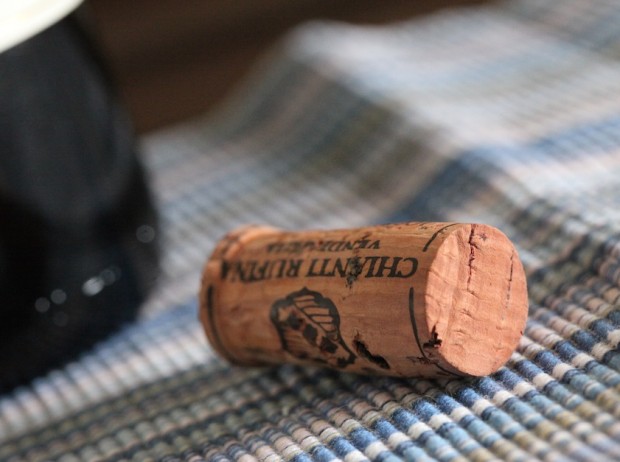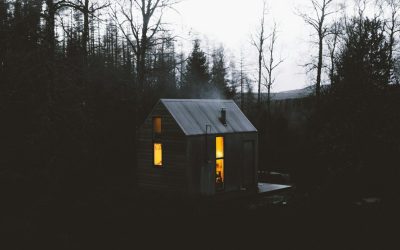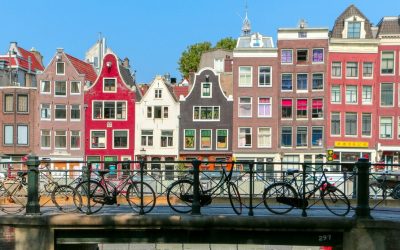 di Marco Gemelli – Il clima pazzo degli ultimi anni scherza col vino toscano. Due inverni oscillanti e due estati secche hanno fatto sì che, una zona enologicamente e geograficamente fredda per il vino come Chianti Rufina abbia prodotto vini molto alcolici.
di Marco Gemelli – Il clima pazzo degli ultimi anni scherza col vino toscano. Due inverni oscillanti e due estati secche hanno fatto sì che, una zona enologicamente e geograficamente fredda per il vino come Chianti Rufina abbia prodotto vini molto alcolici.
E’ questo uno degli aspetti più interessanti emersi nel corso dell’incontro organizzato nei giorni scorsi dal Consorzio Chianti Rufina DOCG per degustare i vini delle 22 cantine della denominazione.
Il presidente Lorenzo Mariani ha spiegato che negli ultimi due anni le condizioni climatiche della zona – che non a caso si chiama “La più alta del Chianti” – hanno portato alla “nascita” di vini piuttosto alcolici (fino a 15 gradi), molto al di sopra della media, tanto che, in futuro molti produttori stanno pensando di modificare l’esposizione dei vigneti. Diverse aziende stanno conducendo un reimpianto dei vigneti e quindi la possibilità in futuro di cambiare l’angolo d’esposizione è abbastanza reale.
Novità in vista anche in termini di quantità del vino che esce dalle cantine: le ultime innovazioni richieste dalla UE garantiranno entro i prossimi sei anni rendimenti fino a 90 ettolitri per ettaro. D’altra parte, le condizioni climatiche degli ultimi anni continuano a spingere verso una riduzione della produzione, migliorando così la qualità.
Il Chianti Rufina DOCG è uno dei vini più importanti della Toscana che si sviluppa interamente nella provincia di Firenze e distribuito nei comuni di Pontassieve, Rufina, Londa, Pelago e Dicomano.
La prima documentazione scritta del vino Rufina riporta ai primi anni del Quattrocento. Nel XVIII secolo, con l’Editto del Granduca di Toscana, arrivò il riconoscimento ufficiale e Cosimo III classificò il vino prodotto in questa zona, tra i “top four” della Toscana.
Rufina è la più piccola delle sette sottocategorie del Chianti occupando una superficie di appena 12.483 ettari totali, con una produzione di circa 27.000 ettolitri l’anno.
La struttura geologica del terreno e l’esposizione al sole nel sud delle alte colline (che permette alle uve di raggiungere una maturazione ottimale) generano un microclima con alte temperature diurne e fresco nelle notti d’estate che contribuisce al mantenimento di note aromatiche.
Il risultato è un vino elegante con una forte personalità, un profumo di complesso bouquet di frutti di bosco e spezie. Un vino dalla longevità unica (attestata alcune riserve di vigneti particolari, anche oltre trenta anni).
 by Marco Gemelli – Weather’s jokes, for Tuscan wine: two swinging winters and two dry summers HCG have meant that a wine region geographically cold as Chianti Rufina has produced very alcoholic wines. It’s one among the main issues raised at the meeting organized by the consortium Chianti Rufina DOCG to taste the wines of the 22 wineries represented. President Lorenzo Mariani explained that over the past two years the weather conditions of the area – which not coincidentally is called “The highest Chianti” – have led to pretty alcoholic wines (up to 15 degrees), far above the average. So much so that, in the future, in the territory of Rufina many producers are thinking of changing the exposure of the vineyards: since different companies are assuming, or even conducting a replanting of the vineyards, the possibility to change angle seems quite real.
by Marco Gemelli – Weather’s jokes, for Tuscan wine: two swinging winters and two dry summers HCG have meant that a wine region geographically cold as Chianti Rufina has produced very alcoholic wines. It’s one among the main issues raised at the meeting organized by the consortium Chianti Rufina DOCG to taste the wines of the 22 wineries represented. President Lorenzo Mariani explained that over the past two years the weather conditions of the area – which not coincidentally is called “The highest Chianti” – have led to pretty alcoholic wines (up to 15 degrees), far above the average. So much so that, in the future, in the territory of Rufina many producers are thinking of changing the exposure of the vineyards: since different companies are assuming, or even conducting a replanting of the vineyards, the possibility to change angle seems quite real.
News in view also in terms of the quantity of wine that come out from the cellars: the latest innovations requested by the EU will ensure that within the next six years the yields of Chianti Rufina DOCG arrive at 90 hectoliters per hectare. On the other hand, the weather conditions of recent years continue to push towards a reduction in production, thereby improving quality.
The Chianti Rufina DICG born in one of the most important wine of Tuscany, located in the province of Florence and distributed in the towns of Pontassieve, Rufina, Londa, Pelago and Dicomano. The first written records of Rufina wine date back to the early fifteenth century. In the eighteenth century, with the Edict of the Grand Duke of Tuscany, came the official recognition, and Cosimo III classified the wine produced in this area, among the “top four” of Tuscany. Rufina is the smallest of the seven specifications of Chianti: it occupies an area of 12,483 hectares, with a production of about 27,000 hectoliters a year.
The geological structure of the ground – made of limestone and marl – and exposure to the sun in the south of the high hills (which allows the grapes of the vines to reach optimal ripeness) generate a microclimate with high daytime temperatures and cool nights summer, which contributes to the maintenance of aromatic notes. The result is an elegant wine with a strong personality, a perfume that refers to a complex bouquet of wild berries and spices. A wine also characterized by a unique longevity (attested to some reservations of particular vineyards, even beyond the age of thirty).




0 commenti